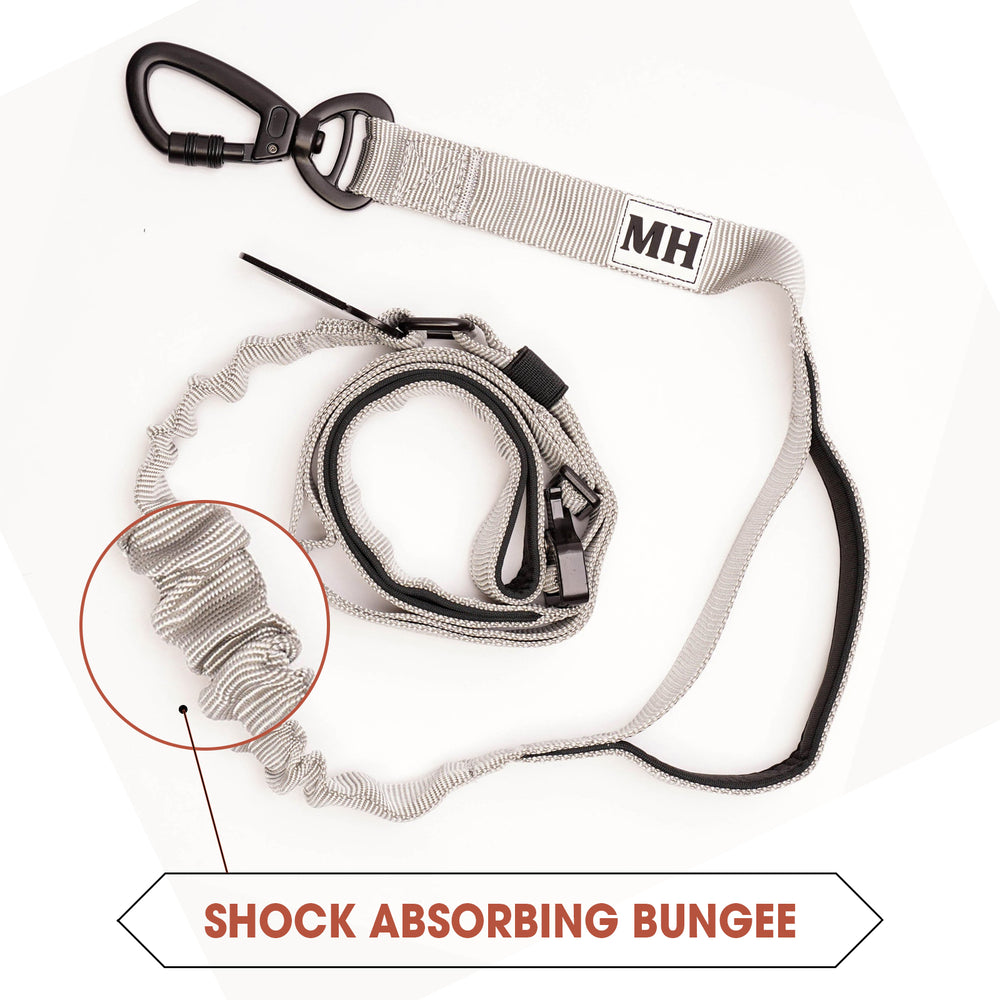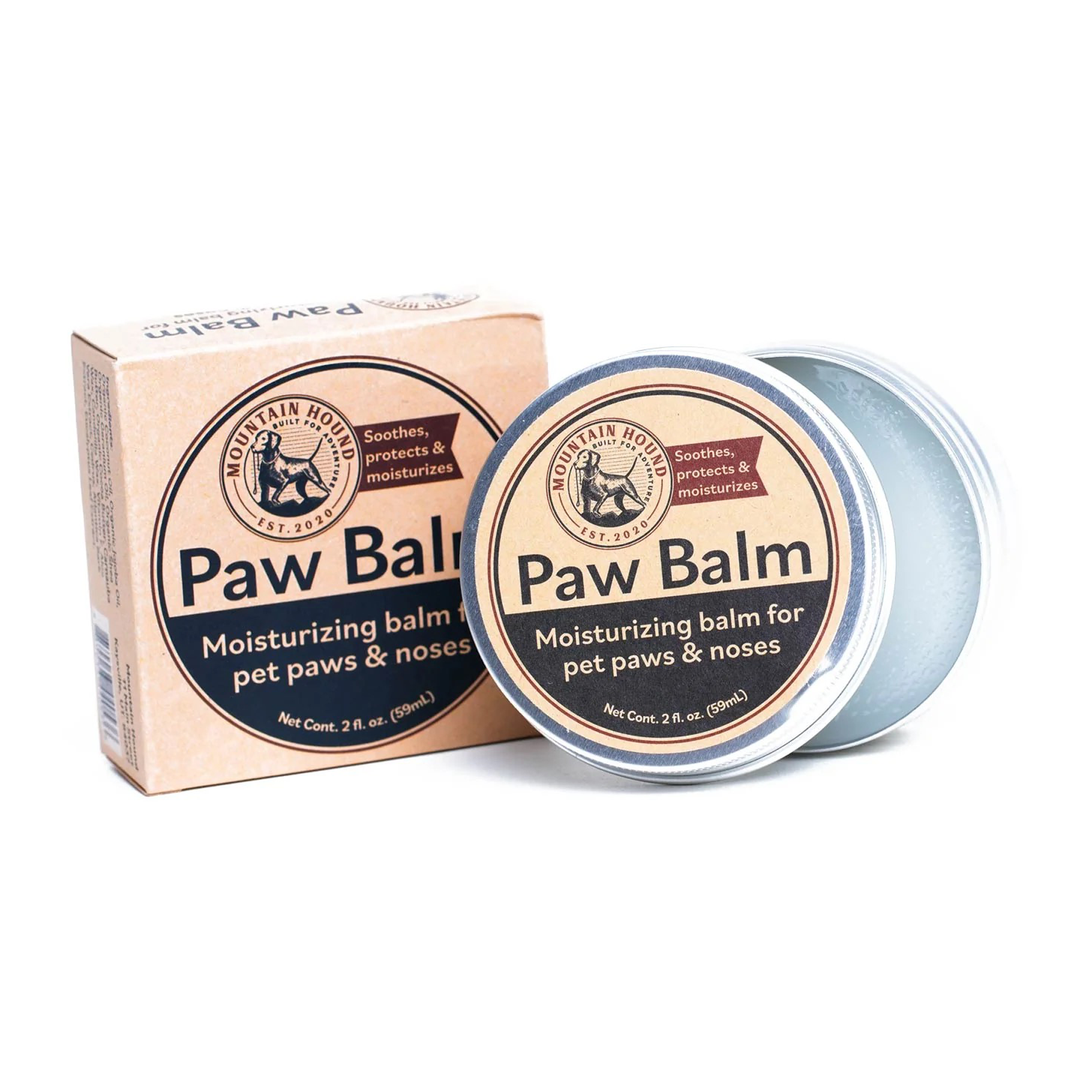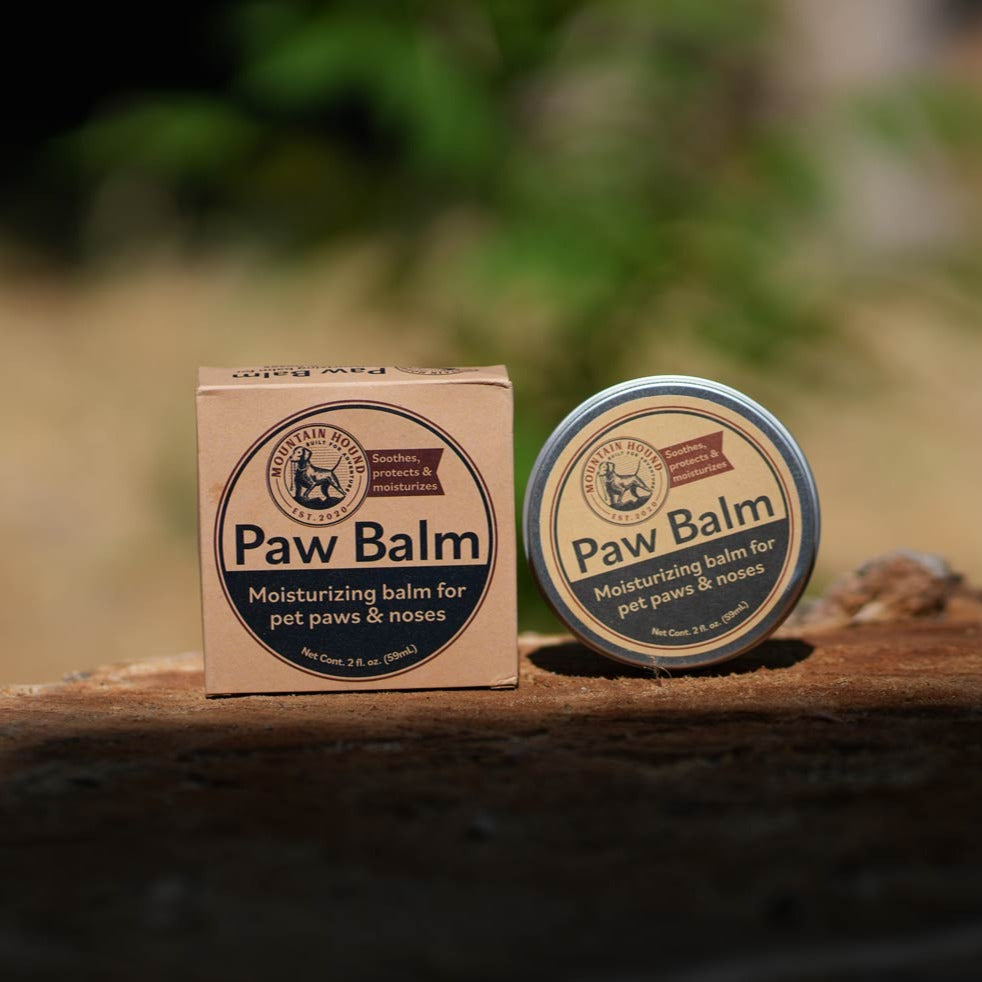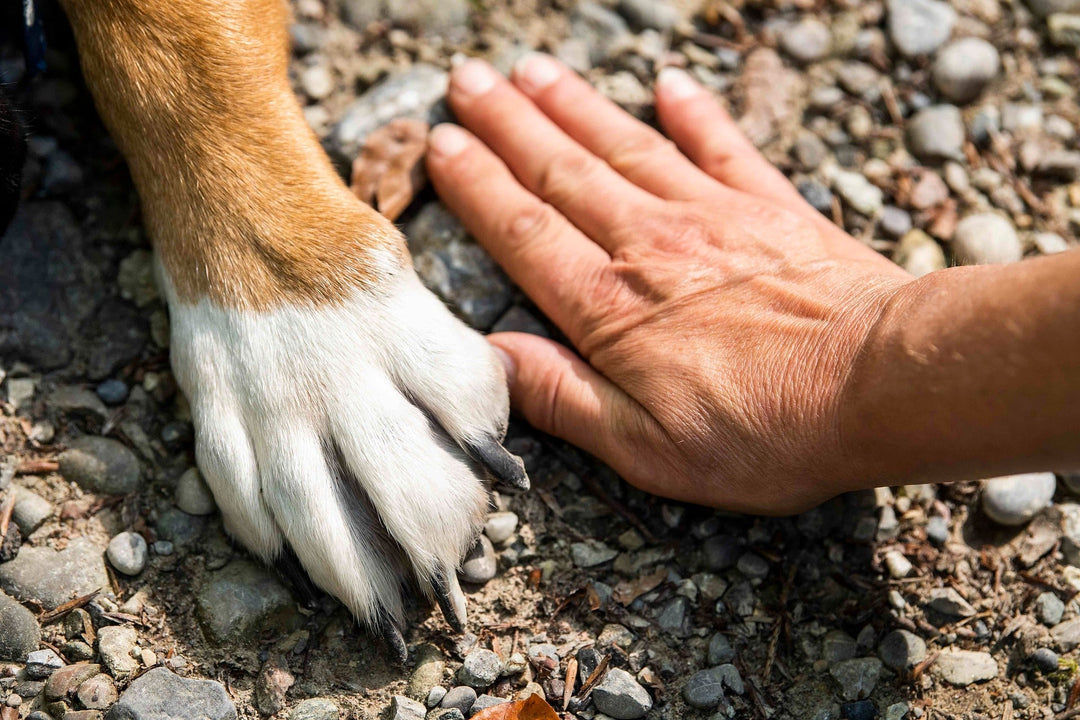Hound Ear Health and How to Spot and Treat an Ear Infection

As a responsible dog owner, your furry friend's well-being is a top priority, including their ear health. Dog ear health is essential, and knowing how to spot and treat an ear infection in dogs is vital. A dog ear infection can be painful and irritating, leading to more severe health issues if left untreated. If you’ve noticed your dog excessively rubbing or scratching their ears and are wondering is my dog’s ear infected, we’ve got you covered.
In today’s Mountain Hound blog post, we’ll explore dog ear health, how to recognize a dog ear infection and how to treat an ear infection in dogs effectively.
Understanding Dog Ear Health
Your dogs' ears are an essential part of their sensory experience, but they're also prone to infections due to their unique anatomy and physiological characteristics. Some factors that make a dog’s ears prone to infections include:
- The Shape and Size of Ear Canals – Dogs have long, L-shaped ear canals that can trap debris, moisture, and microorganisms. This design provides a warm, humid environment promoting yeast and bacteria growth.
- Excessive Hair Growth – Some dog breeds have dense or long hair in and around their ear canals. This hair can trap moisture and prevent proper airflow, creating an environment where microorganisms thrive.
- Underlying Conditions – Genetic factors can also make some dogs more susceptible to conditions like hypothyroidism and autoimmune diseases, weakening their immune system and increasing infection risk.
- Breed Predisposition – Certain dog breeds are genetically predisposed to ear infections due to poor air circulation and increased moisture retention.
Recognizing A Dog Ear Infection
Keep an eye out for the following signs of ear infection in dogs:
- Excessive Ear Scratching: If your dog constantly scratches or paws at their ears, it could indicate discomfort or irritation caused by an ear infection.
- Head-Shaking: If your dog is shaking their head frequently and vigorously, it might be an attempt to relieve the discomfort or itchiness caused by an infection.
- Ear Odor: A strong, unpleasant odor from your dog's ears could indicate infection. The presence of bacteria or yeast often causes the odor.
- Redness and Swelling: Inflamed, red, or swollen ear canals are common signs of an ear infection. The ear tissue may appear irritated and inflamed.
- Discharge: Discharge from the ears can vary in color and consistency. It might be yellow, brown, or even pus-like. This discharge can be a result of infection or inflammation.
How to Treat Dog Ear Infections
If you suspect your dog's ear might be infected, follow these steps to address the issue:
- Consult a Veterinarian: Ensure you consult a veterinarian to get an accurate diagnosis and treatment plan tailored to your dog's needs.
- Clean the Ears: If your vet recommends it, clean your dog's ears using a vet-approved ear cleaner. Avoid using cotton swabs, which can push debris deeper into the ear canal.
- Medication: Your vet may prescribe topical or oral medications to treat the infection. Gently hold your dog's ear flap up and administer the medication as directed. Massaging the base of the ear can help distribute the medication.
- Follow-up: Continue the prescribed treatment for the recommended duration, even if symptoms seem to improve. Follow up with your vet to ensure the infection is fully resolved.
How to Prevent Dog Ear Infections
Prevention is key to maintaining dog ear health. Here's how you can minimize the risk of ear infections:
- Regular Cleaning: Clean your dog's ears as recommended by your veterinarian. Regular cleaning can help remove excess moisture and debris.
- Diet and Nutrition: Provide a balanced diet rich in essential nutrients to improve your dog's overall health, including the immune system.
- Proper Grooming: Trim excess hair around the ears for better air circulation.
- Regular Check-ups: Schedule routine vet visits to monitor your dog's ear health and catch potential issues early.
- Avoid Moisture: Prevent excess moisture from entering the ears during baths or swimming. Dry the ears gently after water activities.
Final Thoughts
Being able to spot and treat an ear infection in your dog is an essential part of being a responsible pet owner. Stay vigilant for signs of infection, seek prompt veterinary care, and adopt preventive measures to ensure your beloved companion enjoys a lifetime of comfortable and infection-free ears.
Image by Mirko Sajkov from Pixabay












